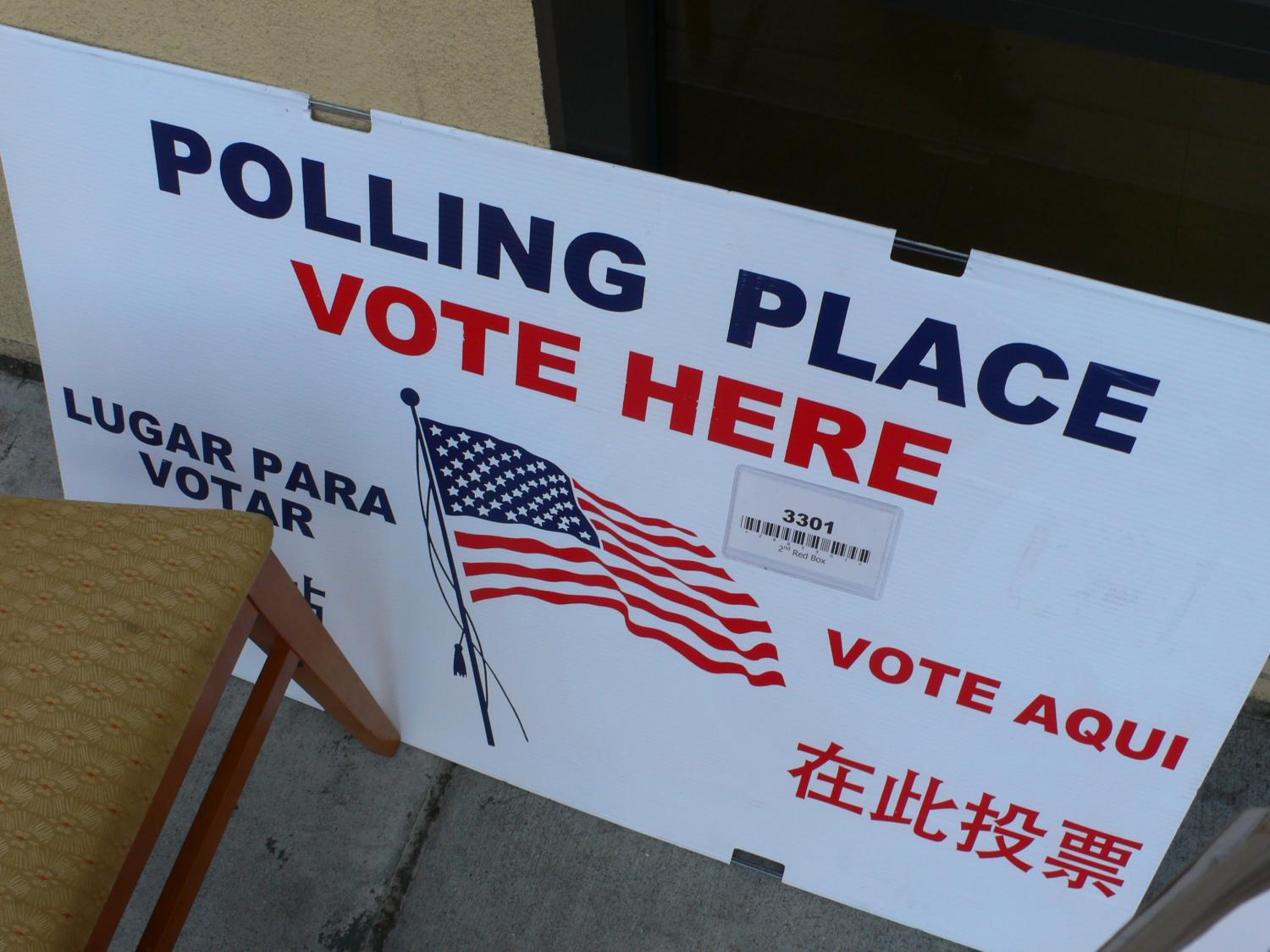Today in JAMA Network Open, researchers published more evidence that personal political leanings may have contributed to excess deaths during the COVID-19 pandemic. The research builds on previous work that has shown that right-wing "red" counties had higher death rates during the pandemic than more left-wing "blue" counties.
The study looked at deaths in both Florida and Ohio during the first 22 months of the pandemic and found the overall excess death rate of Republican voters was 15% higher than that of Democrats. The gap widened further once COVID-19 vaccines were introduced.
The cross-sectional study was conducted using data from voting records and death certificates between March 2020 and December 2021. Voter and mortality data from the counties from 2017 through 2021 were compared to calculate excess deaths, or the number of deaths that exceeded expected, typical numbers seen pre-pandemic.
In total, the authors considered the deaths of 518,159 people between January 1, 2018, and December 31, 2021. All were age 25 and older, and the median age at time of death was 78 years. All included deaths were among individuals for whom political party affiliation could be determined.
According to the authors, political party affiliation in Ohio was defined by whether an individual voted in a party’s primary election within the preceding 2 calendar years, and in Florida, political party affiliation was based on party registration.
15% higher excess deaths among Republicans
In general, there was a 20.5 percentage-point (95% prediction interval [PI], 15.6 to 25.6 percentage points) increase in weekly death counts in Florida and Ohio between March 2020 and December 2021. Excess death rates were 2.8 percentage points (15%) higher for Republican voters compared with Democratic voters (95% PI, 1.6 to 3.7 percentage points).
The higher excess death rate observed among Republican voters may continue through subsequent stages of the pandemic.
After May of 2021, roughly 1 month after COVID-19 vaccines became widely available, the gap between Republicans and Democrats further widened, to 7.7 percentage points (95% PI, 6.0 to 9.3 percentage points) in the adjusted analysis, or a 43% difference, the authors said. The difference was seen in Florida, but was most pronounced in Ohio.
By looking at individual-level connections between political affiliations and excess deaths, the study highlights that the most significant divide occurred only after COVID-19 vaccines became widely available.
"The results suggest that well-documented differences in vaccination attitudes and reported uptake between Republican and Democratic voters may have been factors in the severity and trajectory of the pandemic," the authors wrote.
The authors concluded by noting that the official US strategy for COVID-19 vaccines has shifted to updated booster doses for previously vaccinated individuals, but 50 million adults in the United States have yet to complete a primary vaccination series, and these people remain at substantially increased risk of hospitalization and death.
"If differences in COVID-19 vaccination by political party affiliation persist, particularly in the absence of other pandemic mitigation strategies, the higher excess death rate observed among Republican voters may continue through subsequent stages of the pandemic," the authors concluded.



















